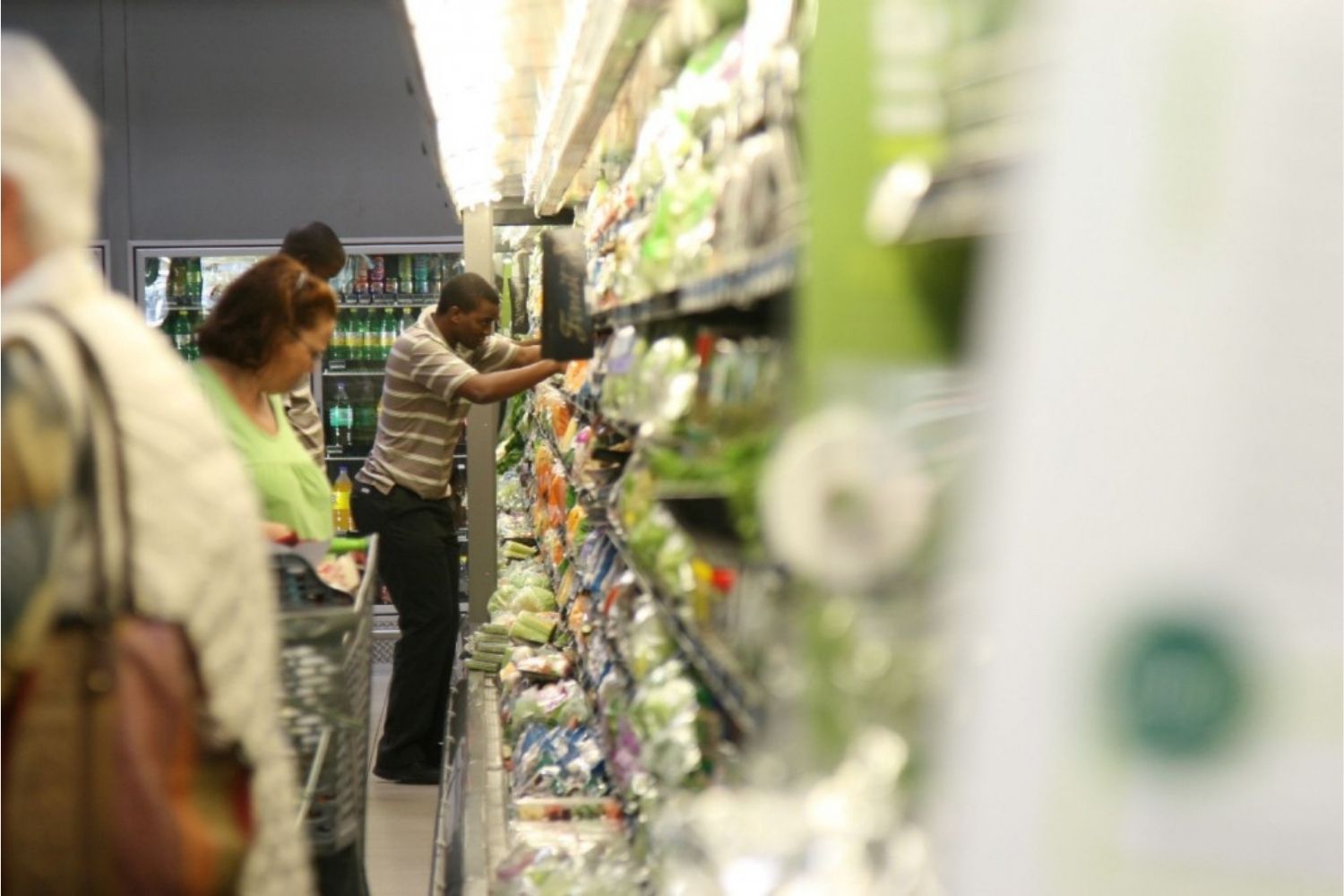Avocados, tomatoes and cooking oil are among the food items that registered the most volatility in the last two years.

The CompCom is watching out for anticompetitive behaviour in the essential food market. Picture: Moneyweb
Avocados, oranges, tomatoes, chicken portions and cooking oil are some of the food items that have seen volatile price increases over the last two years as a result of global inflationary pressures as well as local disruptions and extreme weather events, says the Competition Commission in its latest Essential Food Pricing Monitoring report.
The report tracked food price data up until January 2022, before Russia launched its attack on Ukraine.
“South Africa suffered unrest and riots in July 2021, with disruptions to supply chains, product shortages and impacts on pricing of certain goods. Fluctuations in the oil price, volatility in the exchange rate, and severe weather events globally have also contributed to local food price inflation,” the report notes.
Most price volatile food items
According to the report, the wholesale price of tomatoes saw several spikes between March 2020 and January 2022, rising as high as more than R16 per kilogram in April 2021 from just over R8 in March 2020.
“It is reported that heavy rains in major producing regions impacted tomato supply, causing increases in prices. The supply shock resulted in fresh produce markets around the country receiving significantly [fewer] tomatoes.”
In the fruit category, avocados and oranges are said to have registered the most price fluctuations – at times higher than the expected seasonal spikes.
Wholesale prices for avocados peaked at R35 per kg in January 2022 from just below R10 in March 2020.
The price of oranges rose to nearly R15 in January 2022, increasing from just above R5 at the onset of the pandemic.
The wholesale price of a 750ml bottle of cooking oil increased by 58% in the last two years, rising to R19 in January 2022, up from R12 in January 2020.
The retail price for cooking oil saw a 41.8% spike in the same period, rising to R31.12 from R21.95.
At the height of the pandemic, the price of fresh chicken portions peaked at R50 per kg, but later dropped to above R30 per kg in November 2021. Lamb peaked at above R150 in February 2021 but dropped to above R100 in November 2021.
The poor bear the brunt
With food inflation reportedly rallying above headline inflation and even reaching its highest level in a decade, the commission’s report notes that poorer consumers – who typically spend a significant portion of their income on food – are the ones most affected by the rising food prices.
“Inflation in essential foods hurts the poor as these goods account for more of their consumption and expenditure, which leaves poorer consumers more affected by food price rises than richer consumers.”
Since the start of the Covid-19 pandemic, the country’s food inflation has been rallying two percentage points above headline inflation. Further, despite headline inflation dipping to 5.7% in January 2022 from 5.9% in December 2021, food inflation increased to 6.2% in January from the 5.9% recorded in December 2021.
“Overall inflation for decile 1 (poorer consumers) has been higher than inflation for decile 10 (richer consumers), so the poor experience a higher level of inflation than the rich,” the report notes.
“Whilst that difference narrowed at the end of 2021, inflation for the poor has subsequently increased, while inflation for decile 10 has come down.”
In light of the precarious international environment – two years into the coronavirus pandemic and the ongoing attack on Ukraine by Russia – the commission in its report notes that although price volatility of essential food products has been largely driven by local events, global dynamics might still have an impact, especially with regards to imported price inflation.
The commission says it will keep a close eye on this to ensure that there is no anticompetitive behaviour in the essential food market.
“The commission is concerned about imported price inflation, and it is key that increases in prices for imported products are not exploited unduly by intermediaries or processors – especially those sourcing scarcer products like wheat – who may attempt to use cost increases to justify greater price increases than warranted.”
NOW READ: National Food and Nutrition Security Survey kicks off in Gauteng
Download our app




